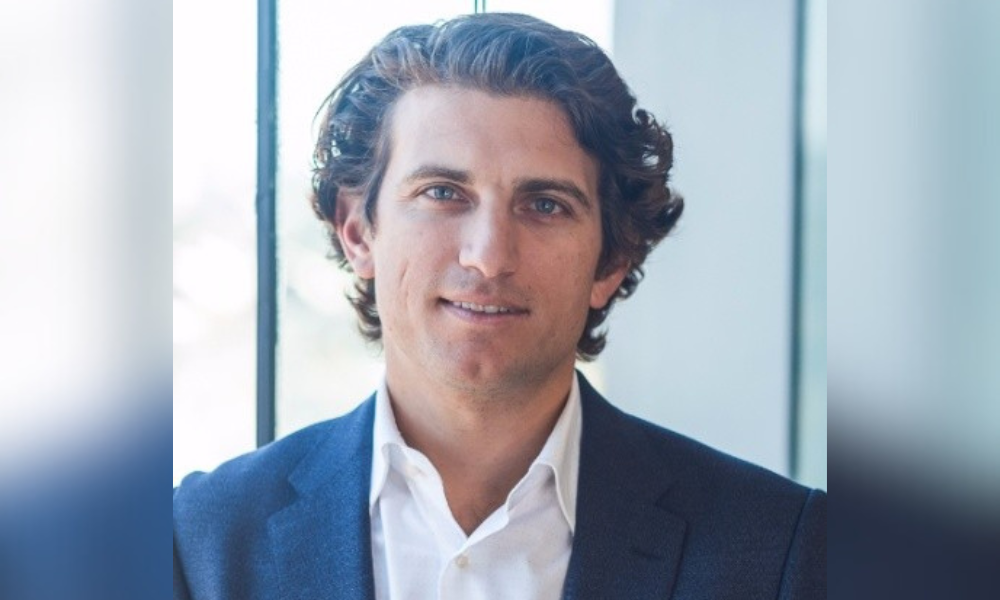Corporate social responsibility is gradually moving from ‘tick the box’ exercises to meaningful company initiatives. Melissa Yen speaks with Helena Smith about Cisco’s award winning corporate citizenship program
Corporate social responsibility (CSR) is gradually moving from ‘tick the box’ exercises to meaningful company initiatives. Melissa Yen speaks with Helena Smith about Cisco’s award winning corporate citizenship program
CiscoSystems is world renowned for its expertise in networking for the internet. In Australia, it has also established a strong community investment philosophy by recognising that the company’s technology, systems and expertise can provide value to community organisations, effectively allowing them to work more efficiently and contribute to greater community impact.
Employing more than 600 employees across six cities, Cisco Australia was recognised for its corporate citizenship initiatives last year, winning the MAS National Award for Corporate Citizenship at the 2005 Australian HR Awards.
How it evolved
Over the past six years, Cisco Australia has actively sought out community partners whose service delivery and programs would benefit from the company’s business expertise and skills. As a result, Cisco has focused on enhancing the capacity of non-profit organisations. It has established a long-term relationship with The Smith Family, built collaborative partnerships that confront the hard social issue of digital divides in indigenous communities and supports IT education through the Cisco Networking Program.
“We started from very humble beginnings where we saw an opportunity to work with a like-minded organisation, namely The Smith Family, in terms of being able to assist them with business requirements and its use of technology,” says Helena Smith, HR director for Cisco Systems Australia and New Zealand.
Cisco aims to bridge the gap between ever changing technology and ensuring the world population stays up to speed, Smith says. “In the early days it was ad hoc and it happened because we saw opportunities arising, so it really wasn’t as strategically based as what it has become now. From an HR standpoint, in those days we were involved to an extent, but it was much more ad hoc in terms of the HR involvement.”
However, scalability became an issue about four years ago. As corporate initiatives were traditionally run by Smith and the marketing manager, they realised that they “weren’t ever going to do justice with just two people”.
This all changed in 2005 when employees wanted to do similar projects with the Smith Family. “That was when we actually pulled apart internal knowledge, intelligence and information, to see how the company was doing in terms of corporate social responsibility. We came up with the concept of the Civic Council for Australia and New Zealand,” says Smith.
The Australian Civic Council is a voluntary steering group representing all facets of the business, which drives employee community engagement. The main aim of the council is to guide, encourage and support employee community involvement in key Cisco corporate community investment partnerships. It also acts as a point of reference to ensure employee input is taken seriously in Cisco’s CSR strategy and program. The council reports annually to Cisco’s Australia New Zealand executive on the outcomes of corporate social investment activities.
An employee questionnaire was developed to find out which employees were enthusiastic about community work, what sorts of initiatives employees liked from a personal perspective, what the company could do from a business perspective and how Cisco could drive the CSR activities.
“From that we got a 35 per cent response rate from the employees and got a lot of useful info, which then determined there was a thirst and hunger to put a much more formal and structured mechanism in place.”
Core elements of the strategy
Cisco’s formal community program was built around the company’s business model. This includes collaboration with partners, suppliers and customers; and leveraging Australian and global relationships as well as core competencies around networking and the internet.
“In Australia, we focused on health and education and building partnerships with indigenous groups in disadvantaged communities. I think we have been very deliberate in picking the hardest areas because we are committed to it long-term and we really do want to make a difference. We feel that we can make a difference in health and education through the technical expertise we have,” says Smith.
Cisco has established collaborative partnerships with other companies, government and community organisations, such as the Indigenous Enterprise Partnerships in Cape York, the Queensland Government and The Cystic Fibrosis Foundation NSW, in order to tackle entrenched social disadvantage and bridge the digital divide.
Secondly, a strategy to extend the educational power of the internet for disadvantaged communities was developed, through the creation of the Cisco Networking Academy Program and IT Essentials.
Thirdly, Cisco has endeavoured to enhance the Information and Communications Technology (ICT) capacity of the non-profit sector by assisting them to transform the way they operate through the power of networking on the internet.
The final element of Cisco’s strategy involved drawing upon the expertise of employees across all levels of the business in community initiatives, through a comprehensive program of employee volunteering, matched giving, equipment and expertise contributions.
An example of a corporate citizenship initiative that reflects Cisco’s commitment to promoting diversity can be found in Jordan, where the company has created 10 networking academies in partnership with the United Nations Development Fund for Women (UNIFEM). Six hundred students have enrolled in the course to date, including 380 women who are now training to achieve globally recognised Cisco Certified Network Associate TM (CCNA) certification.
Other examples can be found in Cisco’s commitment to corporate governance issues and stakeholder consultations about environmental impact and effective communication, which sees corporate citizenship initiatives, policies and programs well documented and promoted through the internet as well as internally through Cisco’s intranet.
“That aligns the corporate values, where the internet helps bridge the divide with health and education so we can actually be part of the solution by targeting those areas and communities where the digital divide is getting bigger,” Smith explains that because Cisco is creating the technology responsible for such divides, this has meant their corporate citizenship has become a very deliberate area or major aspect of what the organisation does from a Civic Council perspective.”
The Civic Council oversees the overall strategies and activities undertaken by Cisco to ensure there is alignment between the initiatives and what their organisation stands for worldwide. From a resource perspective, the Civic Council also ensures that projects are managed effectively.
For the past six years, help from senior CSR consultants was also sought. According to Smith, alliances with such experts have been successful, as these introduced knowledge around where the biggest challenges lie and provided Cisco with a variety of contacts and networks that the company could engage.
CSR challenges
One of the major challenges Smith identified in implementing Cisco’s CSR program was that of employee enthusiasm outstripping the scalability of initiatives.
“We entered into all these projects about six months ago; we had fifteen projects on the go and another fifteen on the wish list to be reviewed. We needed to take a step back and ensure that what we were trying to do was choose projects where we had a fairly good opportunity for success,” Smith says.
“While it was admirable that we were trying to be all things to all people, the reality was that it was not scalable to do so. The council was close to becoming a victim of its own success because everybody was going at 150 miles an hour. We had to take a step back as we needed to bring it back to some sort of sense in terms of normality in what we can achieve.”
There are now 15 to 20 Civic Council members, who have helped in budgetary planning and helping projects run smoothly. Members also brainstormed to decide what sorts of communications, charter structure, objectives and strategies were going to be used. Regular meetings with the Civic Council became necessary in order to achieve alignment and consistency in the program.
“We have CEO support and senior executive support so we don’t have any challenges there. I think it is just a matter of making sure when we are doing those checks and balances that what we are choosing to get involved in is a long-term business strategy and it is business led. We need to make sure it is aligned to what we stand for as a business.”
How to get the most out of your CSR program
Smith advises HR professionals seeking to implement an effective CSR program to first consider the culture of their organisation and what it stands for. “What we stand for, the culture and what we do as a business, the way we give back is very much ‘Cisco style’. We use the expertise, we have got the expertise,” she says. “If you try and introduce a CSR program that isn’t aligned with the culture it will fail.”
Within Cisco, she says there is a global view that the internet is a great equaliser, so giving back has always been a huge aspect of its culture.
Secondly, obtaining CEO and leadership buy-in is critical. Unless you have strong belief and alignment at the senior level of an organisation in terms of the value and benefits of CSR, Smith says you are not going to achieve success.
Staff buy-in and engagement are also important. “It has to be an output of collaboration working towards a common goal,” she says.
Finally, Smith says the development of relationships such as those obtained through the Civic Council have been crucial to the success of their corporate citizenship program, “They bring huge value to us in terms of opportunities, identifying the landscape, where the challenges are … to help try and make a difference, that is what they bring to the table. Don’t try and copy other organisations. Do what is in line with your company and make sure you source that feedback from the employee population,” says Smith.








